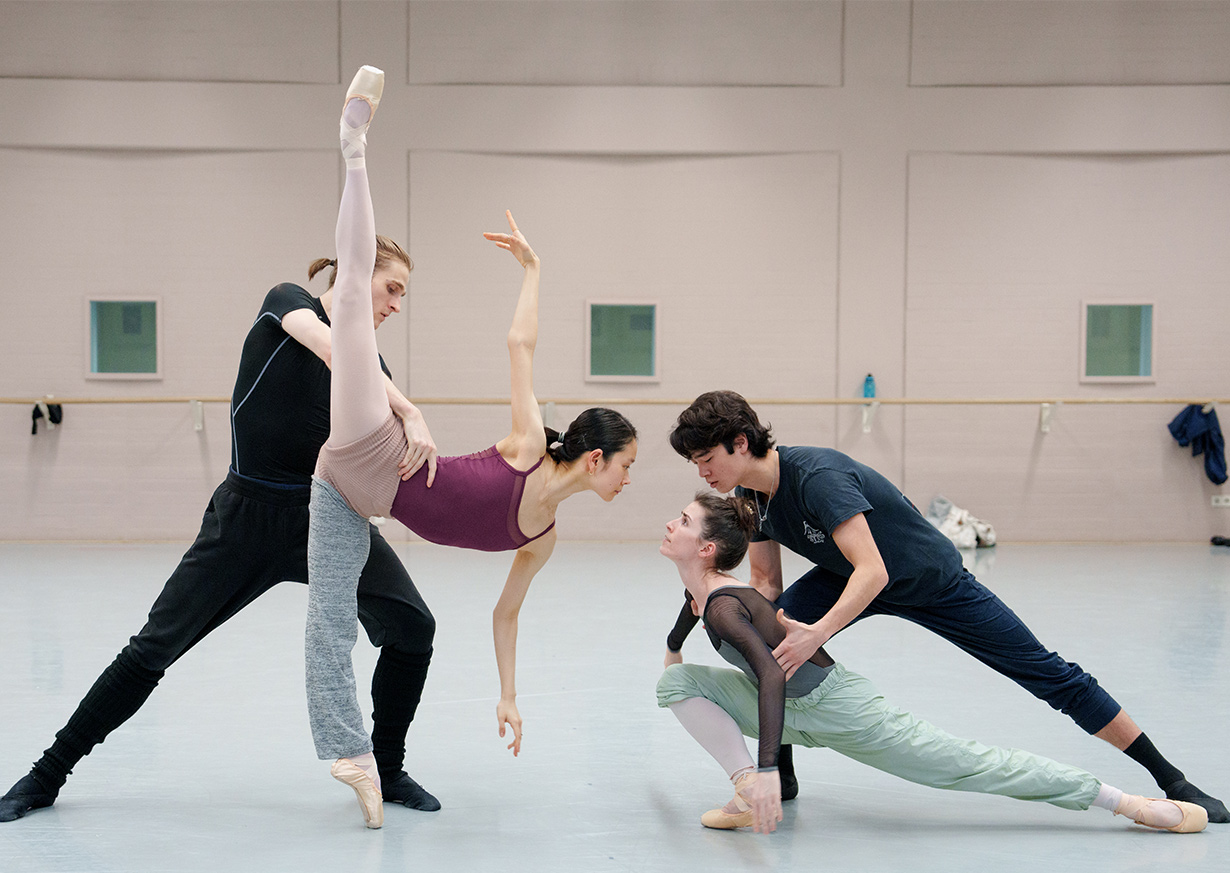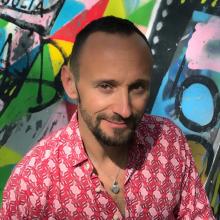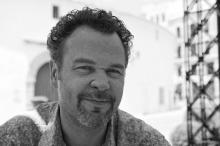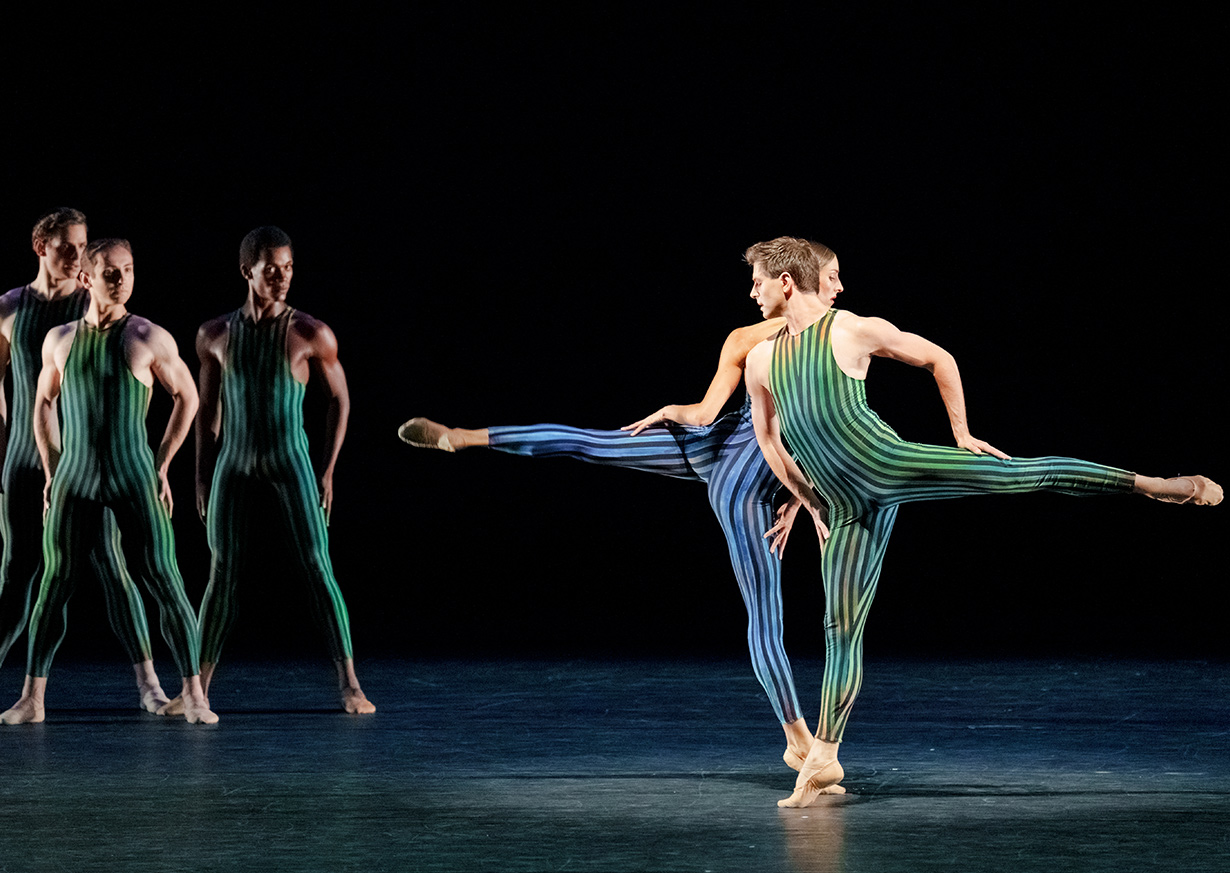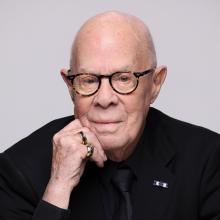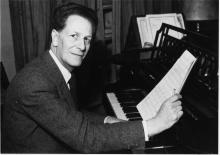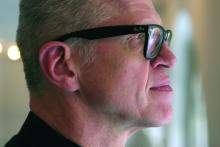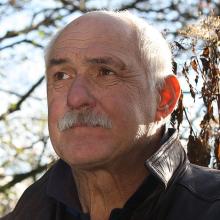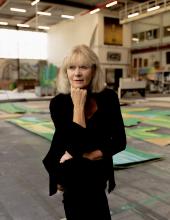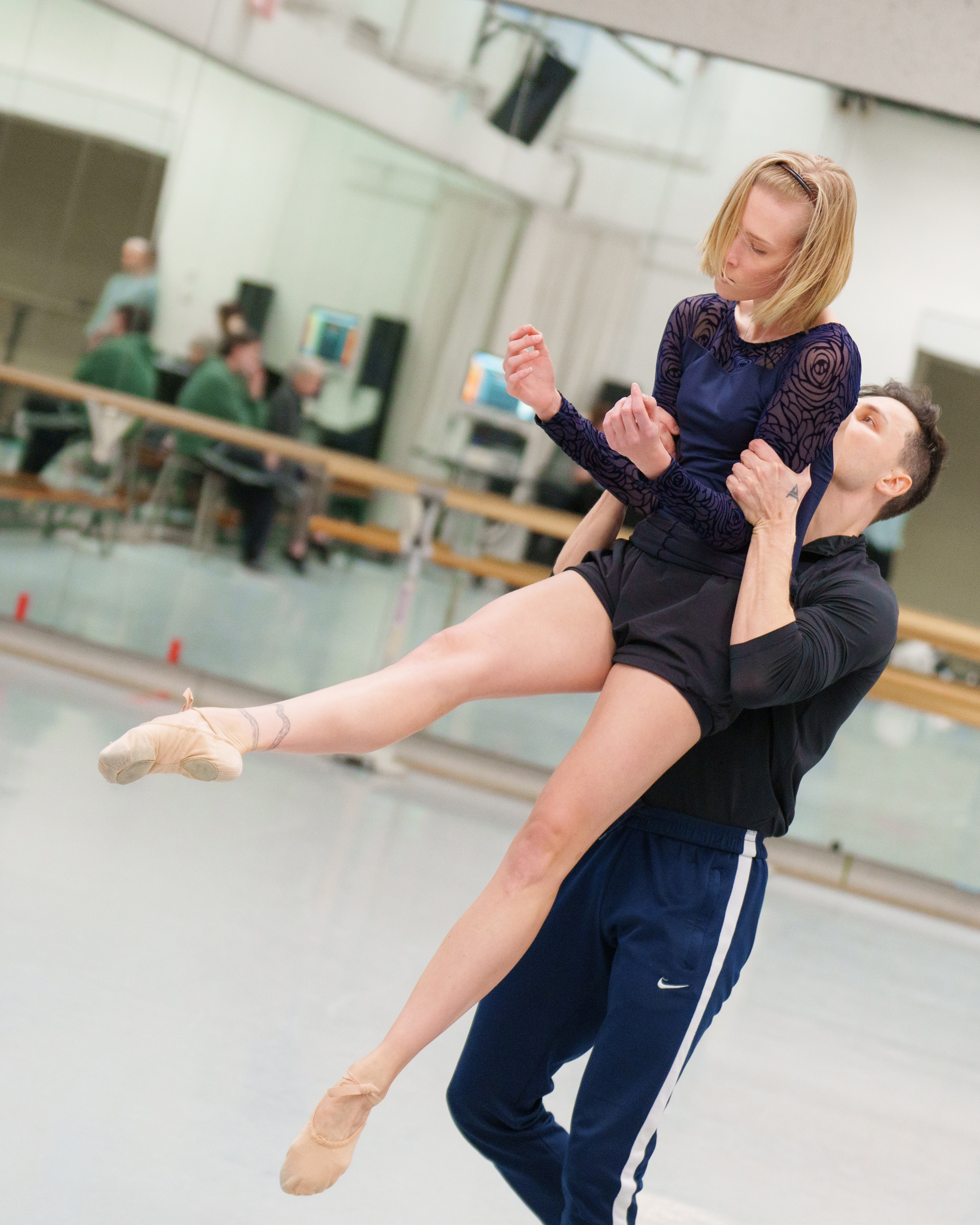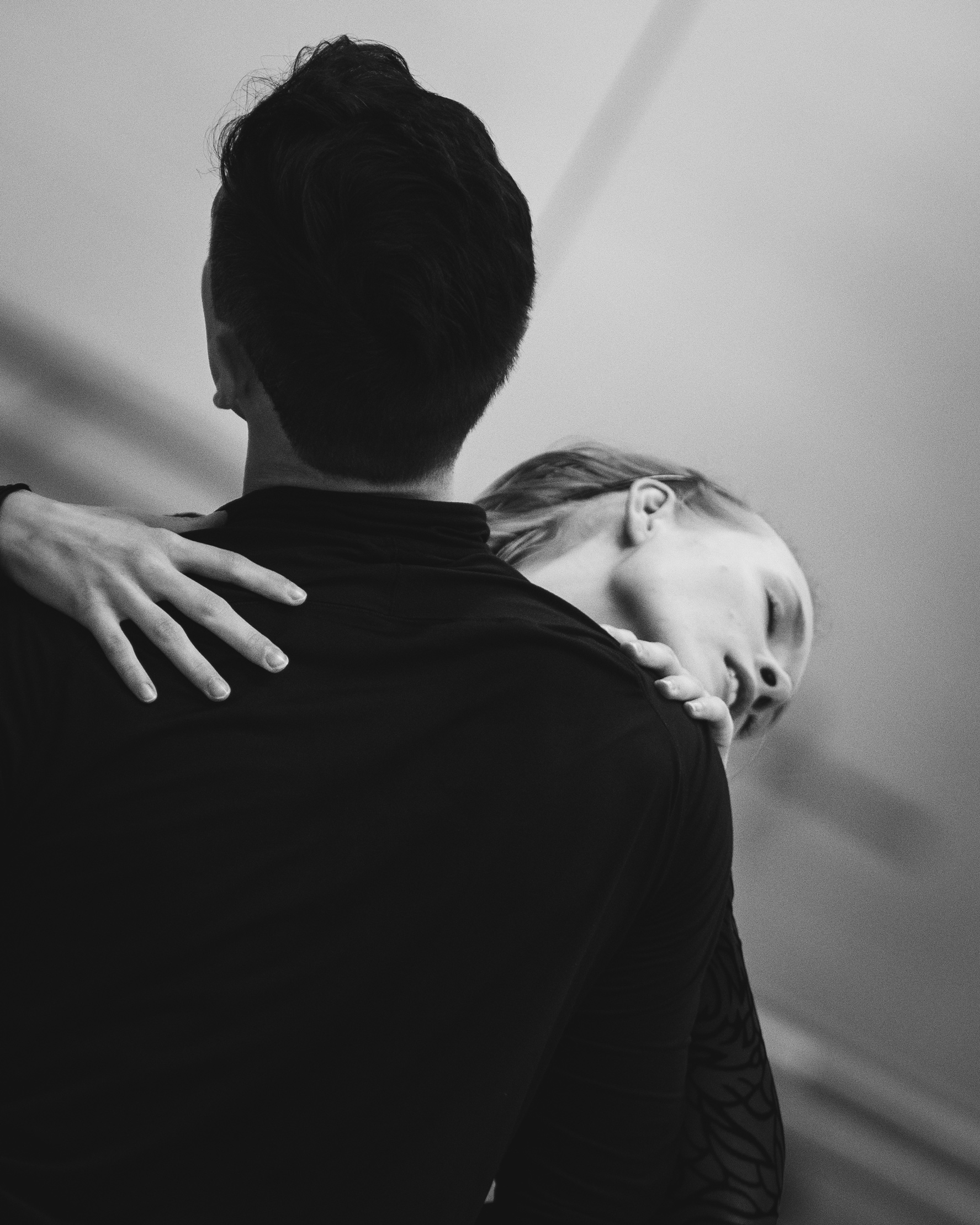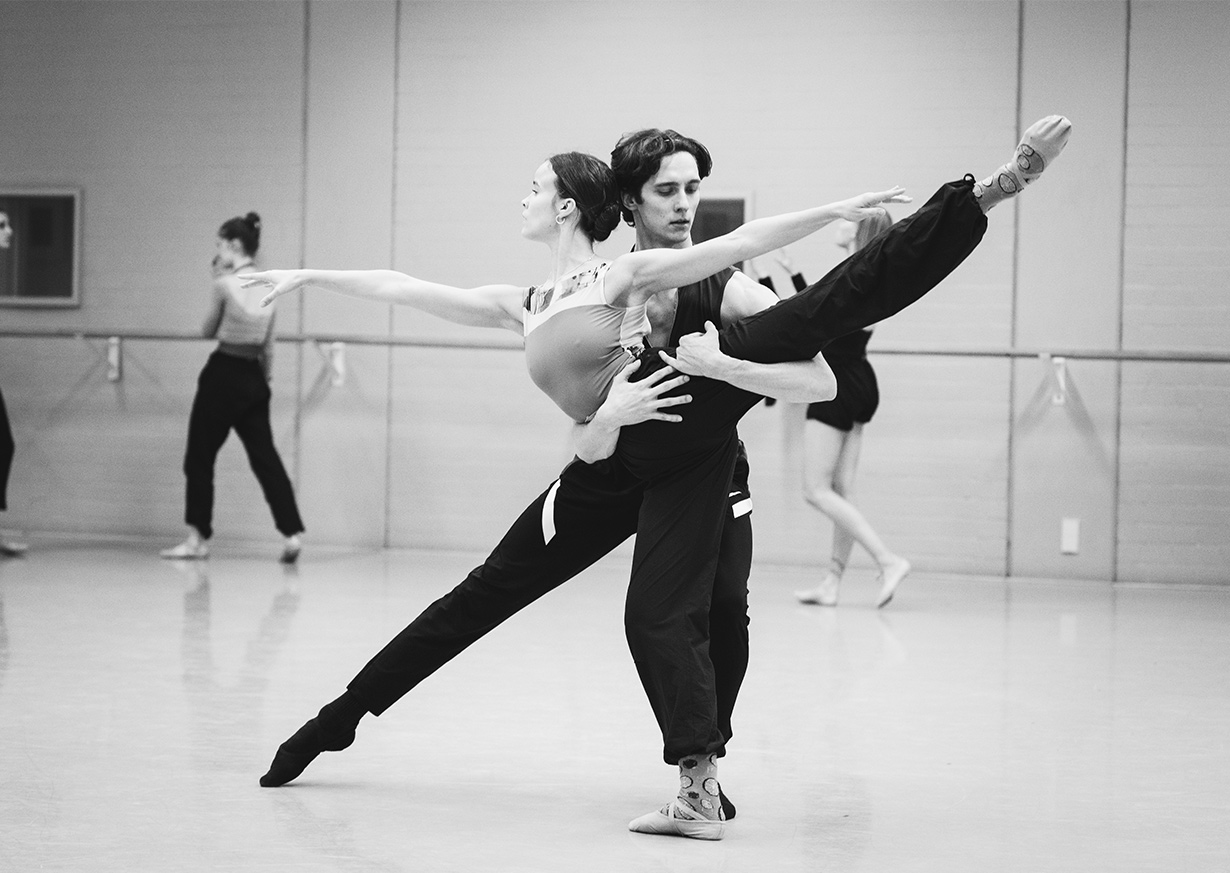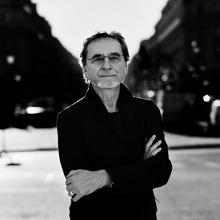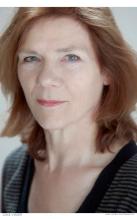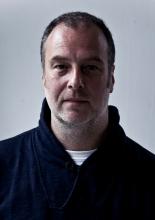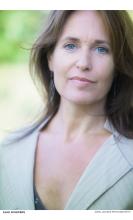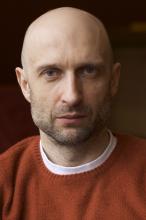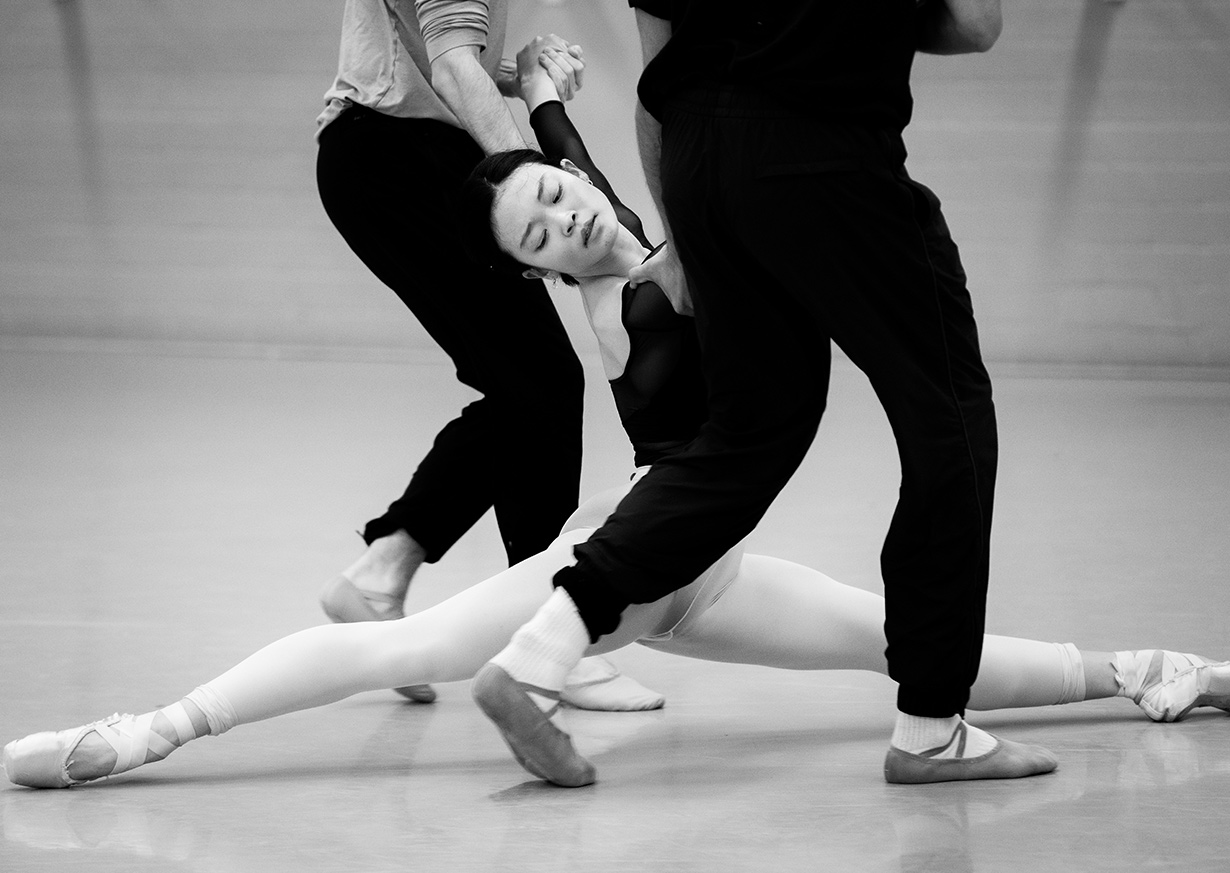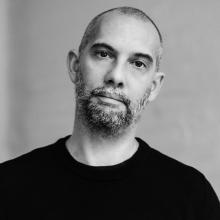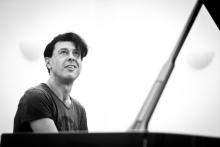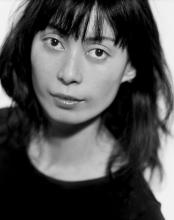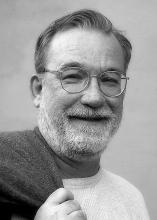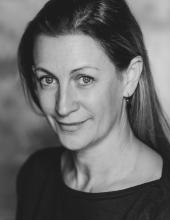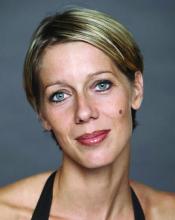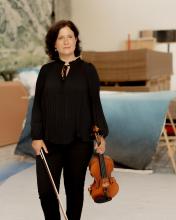Dancing Dutch
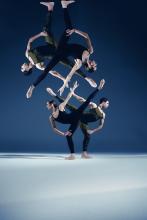
Content
- Credits
- Cast sheet
- Milena Sidorova on Tenzij
- Biographies artistic team Tenzij
- Concertante: Something’s brewing, something’s bubbling
- Biographies artistic team Concertante
- Choreographer Jiří Kylián on Wings of Wax
- Michael Simon on the set and lighting design for Wings of Wax
- Biographies artistic team Wings of Wax
- ANIMA ANIMUS: Between extremes and opposites
- Biographies artistic team ANIMA ANIMUS
Credits
Credits

Milena Sidorova on Tenzij
Originality, innovation and risks are hallmarks of the style of Ukrainian-Dutch choreographer Milena Sidorova. In her most recent work, Tenzij, she is once again incorporating elements that are new both to herself and to the dancers of Dutch National Ballet. Sidorova says, “I use the classical ballet idiom in which Dutch National Ballet excels, but also add elements that the dancers are not yet familiar with. So alongside physical flexibility, they also need to have mental flexibility and to trust the process. When you try out new things in the studio, they don’t always work out right away. But it’s precisely that initial struggle that often leads to the most beautiful results.”

Concertante
For some ballets, it can be difficult to find that one challenging and inspiring composition, but for Concertante Hans van Manen more or less bumped into Frank Martin’s Petite symphonie concertante. He was struck by the wonderful variety in the music, the compelling character that makes certain choices inevitable and the persistent rhythm. “As Balanchine said: rhythm is the ‘floor’ of dance”.

Interview with choreographer Jiří Kylián on Wings of Wax
In Dancing Dutch, Dutch National Ballet is dancing its first ever ballet by Jiří Kylián, the master choreographer originally from Czechoslovakia, whose work defined the identity of Nederlands Dans Theater for over thirty years. Wings of Wax is one of the most internationally sought-after works in Kylián’s oeuvre, and is acclaimed by critics for its complexity and inventiveness: ‘It is captivating from start to finish’.

Michael Simon about the set and lighting designs for Wings of Wax
Stuttgart, New York, The Hague, Tokyo. No random topographical list, but rather a succession of cities that inevitably led to the tree that hangs upside down in Jiří Kylián’s Wings of Wax. Set and lighting designer Michael Simon says, “It’s a symbol of nature – conceived in a city where nature was hardly to be seen. But then upside down. Crazy, isn’t it?”

ANIMA ANIMUS
The British choreographer David Dawson created ANIMA ANIMUS in 2018 for San Francisco Ballet. An instant success, it has since been performed on tour in London, New York and Washington DC, and has already been taken into the repertoires of The National Ballet of Canada and Balletto del Teatro alla Scala in Milan.
